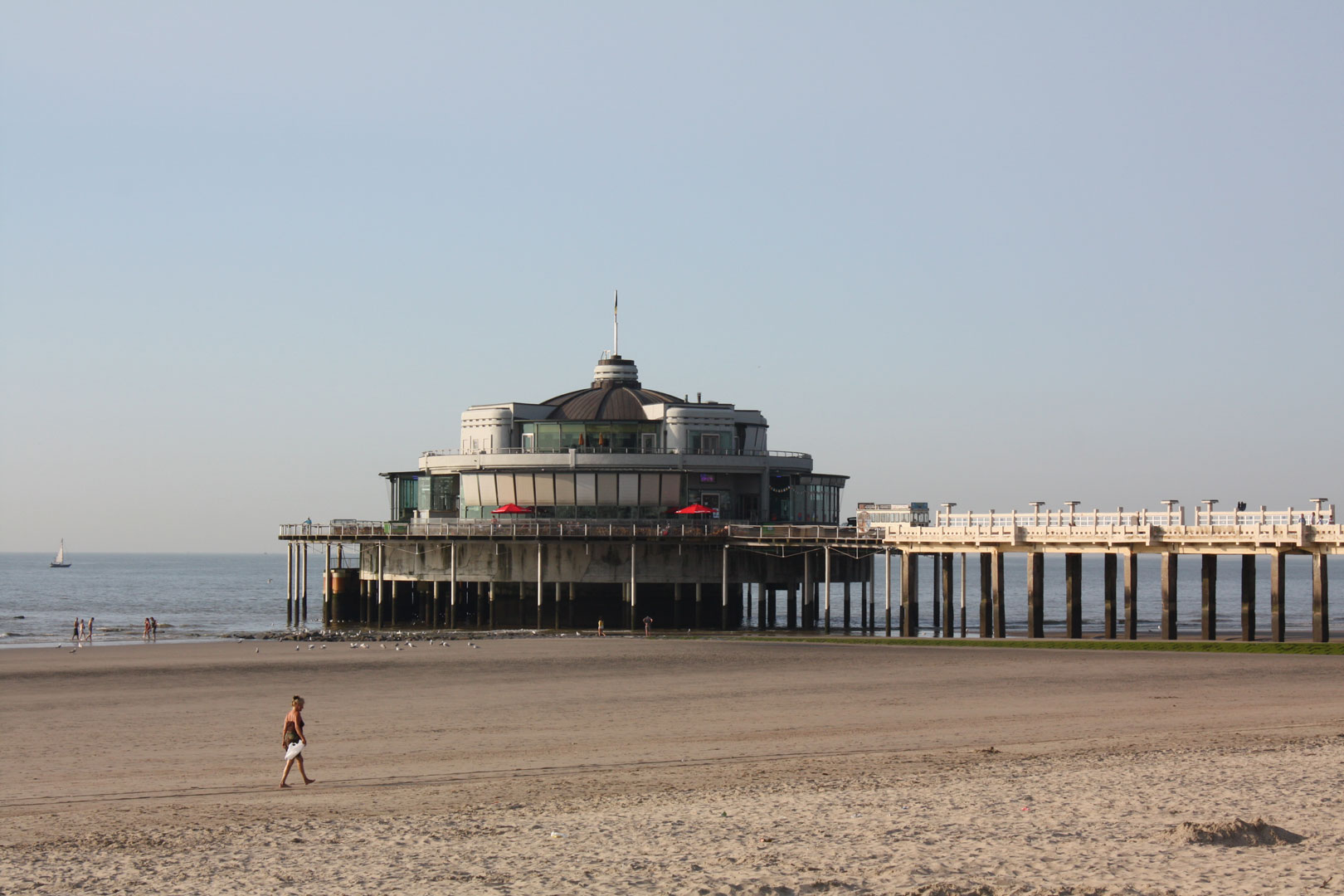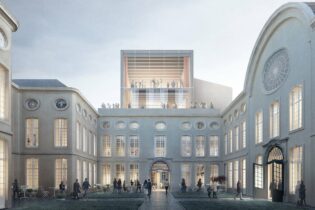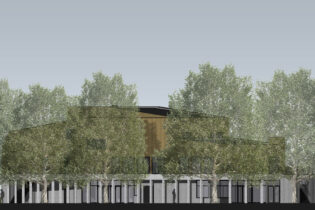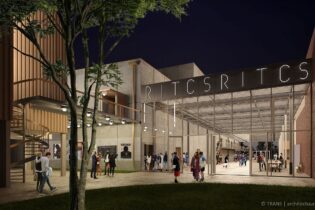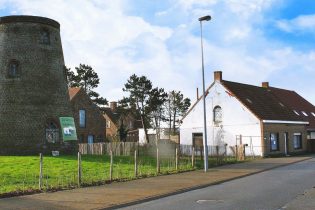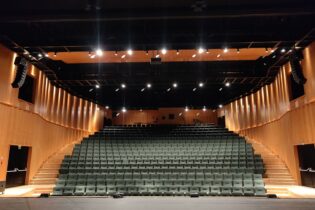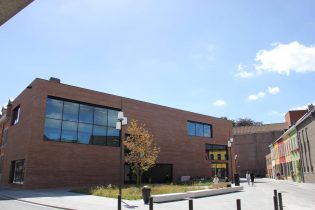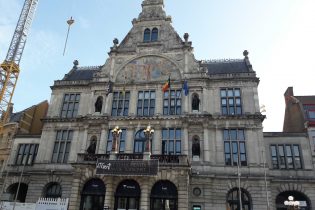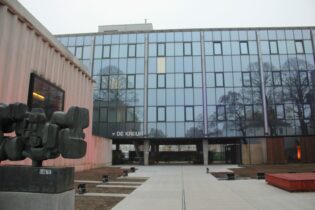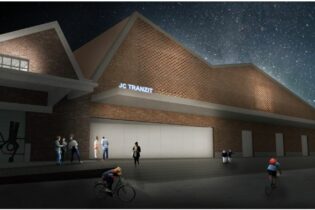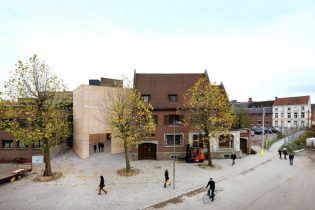THE PIER
Blankenberge, Belgium, Europe
The Pier in Blankenberge is a landmark on the Belgian coast. This structure, floating above the sea surface, was originally built in 1933, replacing the even older structure dating from 1894 which was destroyed in World War I. The building was in vital need of a thorough renovation and the investors opted for a sustainable energy approach both in terms of building physics and techniques.
The climate control is based on the following basic principles:
Providing sufficient thermal (concrete) mass which on days when the building gets too hot (due to the heat from the sun); visitors to the building remain comfortable. This is due to the overnight removal of heat via forced ventilation from the building. On sunny winter days the solar gains are stored in the thermal mass. These heat gains are gradually released, where they can be used to heat the building.
The energy for heating is mainly produced by a ‘heat pump’ that extracts heat from the seabed.
The main part of the building is heated but also cooled by the floor heating system, thanks to the use of reduced temperature regimes the sea-collector maximizes.

